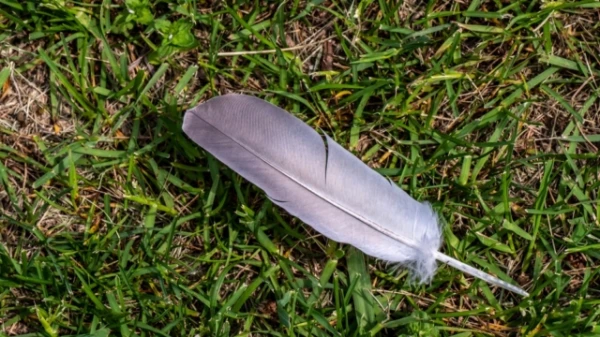
By the end of the 19th century, the fashion for hats adorned with feathers and even parts or whole bodies of birds reached its peak in the U.S.
Some ladies adorned their hats with the heads of owls or entire hummingbirds. As a result, over 5 million birds were destroyed annually, with snowy egrets suffering the most, nearly driven to extinction for their plumes.
This tragedy drew public attention, particularly from Harriet Hemenway and Minna Hall, who organized a boycott and a campaign to protect birds. Their efforts led to the establishment of the Massachusetts Audubon Society and the passage of the Lacey Act of 1900, which prohibited the illegal trade of birds across state lines.
In 1918, the Migratory Bird Treaty Act was enacted — a law still in effect today that prohibits the taking, killing, selling, or transporting of migratory birds and their parts, including nests, eggs, and feathers, without special permission. Exceptions are made only for legal hunting and cultural needs of indigenous peoples.
Today, it is prohibited to take any animals, plants, or their parts from national parks — nature should be respected and admired from a distance. This law finally protected birds and prevented their extinction due to the fashionable fads of the past.














Leave a comment